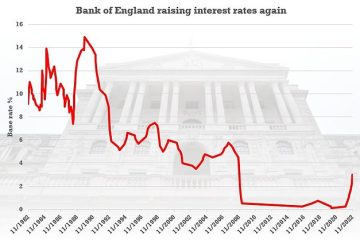The Annual Change: Why Clocks Go Back Each Year

Introduction
As autumn approaches, a familiar adjustment takes place across the United Kingdom: the clocks go back one hour. This biannual ritual, known as Daylight Saving Time (DST), currently occurs on the last Sunday of October. Understanding its significance and impacts on various sectors highlights why this event remains a pivotal aspect of our seasonal routine.
What is Daylight Saving Time?
Daylight Saving Time was first suggested by Benjamin Franklin in 1784, but it wasn’t until World War I that many countries, including the UK, implemented it as a way to conserve energy. The main idea is to make better use of daylight during the longer days of summer by shifting an hour of daylight from the morning to the evening. When summer ends, the clocks revert to standard time, as they will on October 29, 2023, at 2:00 AM, allowing for an extra hour’s sleep and a shorter period of daylight in the evening.
Impacts of the Clock Change
The change to Greenwich Mean Time (GMT) impacts various facets of life. Firstly, it affects our health, as the shift can disrupt sleep patterns, leading to an increase in sleep-related issues for some individuals. However, studies indicate that the extra daylight in the evening can promote physical activity and outdoor events, supporting mental wellbeing.
Moreover, businesses often report fluctuating sales during this transition. Retailers may see a decline as consumers adjust to darker evenings, reducing shopping motivation post-work hours. Conversely, businesses that thrive on evening activities, such as restaurants and entertainment venues, may benefit from the extended daylight prior to the time change.
Environmental Considerations
Daylight Saving Time also carries environmental relevance. By extending daylight hours, the initiative aims to reduce energy consumption. Reports have indicated a slight decrease in energy usage during the summer months because of decreased reliance on artificial lighting. However, it remains a subject of debate as research regarding its true energy-saving effectiveness continues.
Conclusion
As the clocks go back this October, it serves as a reminder of the changing seasons, the importance of rest, and an opportunity to adapt our daily routines. While the immediate impacts may present challenges, particularly for sleep patterns and lifestyle adjustments, the potential benefits of longer evening light should not be overlooked. Future discussions about the relevance and potential adjustments of Daylight Saving Time will likely continue as society evaluates its energy efficiency and health implications in a modern context.








